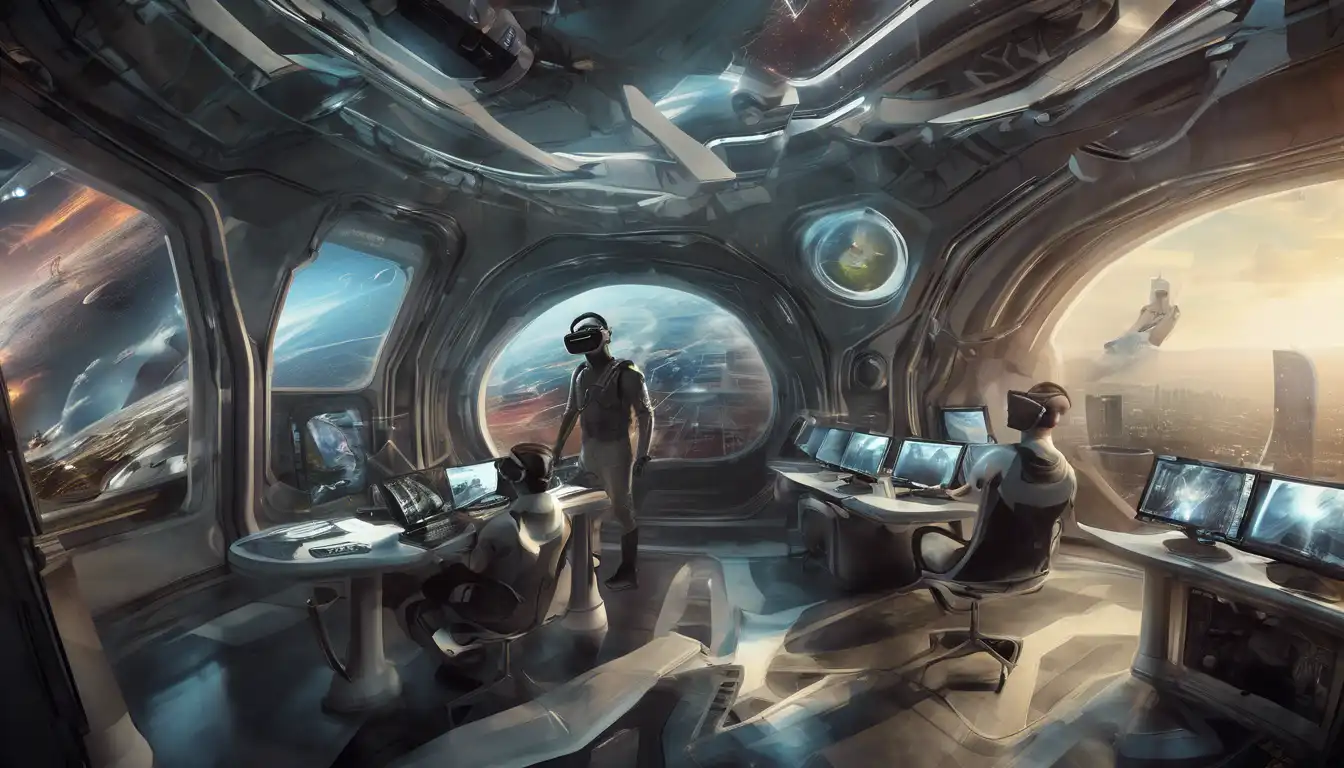Introduction to Virtual Reality
Virtual Reality (VR) has emerged as a groundbreaking technology that is reshaping how we interact with digital environments. By creating immersive, three-dimensional worlds, VR offers unparalleled experiences that blur the line between the physical and digital realms.
The Evolution of Virtual Reality
From its inception in the mid-20th century to the present day, VR technology has undergone significant transformations. Early prototypes were bulky and expensive, but today's VR systems are more accessible and user-friendly, thanks to advancements in computing power and graphics technology.
Applications of Virtual Reality
VR's applications span across various industries, including:
- Gaming: Offering immersive gameplay experiences that transport players into virtual worlds.
- Education: Enabling interactive learning environments that enhance comprehension and retention.
- Healthcare: Facilitating surgical simulations and therapeutic treatments for patients.
- Real Estate: Allowing potential buyers to tour properties virtually from anywhere in the world.
The Future of Virtual Reality
As VR technology continues to evolve, its potential applications are boundless. With the integration of artificial intelligence and the Internet of Things, VR is set to revolutionize industries further, making virtual interactions more realistic and seamless.
Challenges and Considerations
Despite its promising future, VR faces challenges such as high costs, technological limitations, and health concerns like motion sickness. Addressing these issues is crucial for widespread adoption and long-term success.
Conclusion
Virtual Reality stands at the forefront of technological innovation, offering exciting possibilities for the future. As we continue to explore its potential, VR is poised to become an integral part of our daily lives, transforming how we work, learn, and play.
For more insights into the latest tech trends, check out our articles on Tech Innovation and Digital Transformation.
